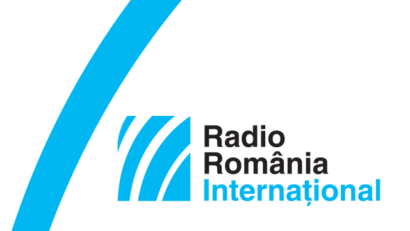The Romanian commercial navy during WW2
At the end of the 1930s, war seemed imminent in Europe.

Steliu Lambru, 25.11.2019, 14:06
At the end of the 1930s, war seemed imminent in Europe. A war that was going to be also fought on sea, thus making the role of the military and commercial navy crucial. Between 1939 and 1941, navigation in the Mediterranean Sea was controlled by the British Royal Navy which was at war with the German and Italian ones. Neutral ships used to display an inscription written with big letters in order to be easy to spot, while the Romanian ships had the word Romania written on them. In the ports of the Mediterranean, neutral ships used to receive for their load certificates from the British, in order to make sure they do not end up in the possession of the Germans or Italians.
Officer Mircea Nicolau told the Oral History Centre of Radio Romania, in 1998, that when the war started, in 1939, he was on board Alba Iulia ship in Istanbul, which was being loaded with goods aimed for Romania. Nicolau recalled the ships making up the Romanian commercial fleet and what happed to each of them.
Mircea Nicolau: “Alba Iulia ship was part of a series of 12500 tons, just like Ardealul ship. There were Alba Iulia, Ardealul, Peles and Suceava but, at the end of the war, only Ardealul was left, which the Russians returned to us completely vandalized. The other ships were sunk. Peles was sunk on the coast of Crimea. Alba Iulia was captured by the Russians and we only got back Ardealul. There was no wood, no cabin, nor electric system left on it. These were small ships that also had passenger cabins. The wood from the life boast and from the walls was used as fuel to heat the cabins. As for the two passenger ships, the pride of the 1938 fleet, Transylvania and Bessarabia, we only got back Transylvania, in a sorry state, of course. They kept Bessarabia and they renamed it Ukraine.”
When the neutrality period ended, in 1941, the Romanian commercial ships entered under the Italian navy’s authority. The presence of the British and American submarines in the Mediterranean was a real danger to the Romanian commercial ships that supplied the troops of the Axis. Mircea Nicolau recalls what happened when the presence of an enemy submarine was signaled.
Mircea Nicolau: “In case of submarine danger, the escort ships intervened, which were maximum 2 destroyers. The Italians took good care of themselves and they speeded up towards the first port. We would stay there for weeks, until the danger was gone. There was only one direction. The destination port for all merchandise aimed for Germany was Trieste, whether the ships were loaded in Istanbul, or in Piraeus. By now, the Germans loaded their ships with spoils of war brought from Greece. The ports in which they sought shelter were Brindisi, Bari, Ancona, Venice and Trieste. It was a serious crisis of transport ships. Our convoys were made up of 6 or 7 ships at the most.”
In May 1944 the evacuation of Sevastopol by the German and Romanian armies made the Soviets start bombarding transport ships. Mircea Nicolau remembers an attack against the sip he was on:
“The Russians had no more cares, as their whole fleet was on the sea and the whole aviation in the air. So, starting 9 am, we started having problems with the Russian attacks. They first attacked us from the air, then with submarines. The Germans responded. “
Mircea Nicolau remembers the most serious blow received by the Romanian commercial navy during the war: “The ship Danubius, an old, outdated ship, was being loaded with 350 thousand tons of field mines, in Constanta. It was hit by a Russian plane and exploded. Admiral Macelar, who was in command of destroyer Ferdinand, that escorted the ship, had to testify in court. His testimony made possible the release of death certificates for the crew on Danubius. The ship was completely destroyed.”






























